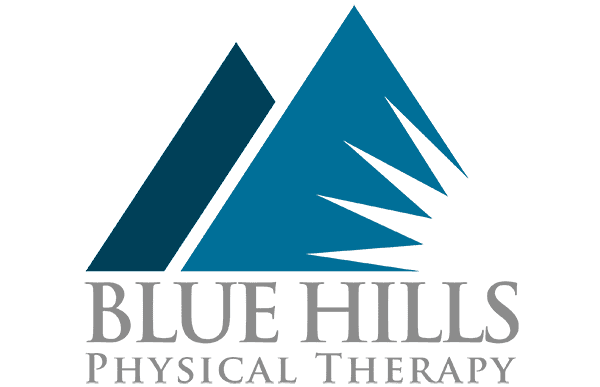Fitness for Baby Boomers
The Baby Boomers are an often talked about demographic group. The impact that “boomers” have had on shaping the world has been pretty vital…and now it’s time for “boomers” to make sure that they are shaping themselves correctly for the future. You might be getting older, but that doesn’t mean you have to slow down. In our office we cater to many “boomers” and we see a variety…those that just don’t exercise anymore and then those that still workout like they are in their 20’s and 30’s. For many, the changes that are occurring to their body’s result in new aches and pains that “they never had before”, so they end up in Physical Therapy. Staying fit and active is important for your overall health and longevity, but now that you’re older, you may have to apply some new thinking to how you keep fit.
Before you embark on any new workout, you should always check with your doctor first. It is even more important if you plan to jump back into some type of aggressive exercise after years of inactivity. Starting your new exercise regime with a trip to the ER isn’t the best way to get going.
Once you get checked out, there are some basic steps you should follow for safety:
1. Start Off Right
Remember…you are not in your 20’s and 30’s anymore…start slow and expect your body to react differently. Warming up for 5-10 minutes and then doing some light stretches may be all you can handle in the beginning. Just doing that may result in a few days of “delayed onset muscle soreness”…it’s normal, but having too much will make most people stop exercising.
Don’t expect to be able to run as fast, lift as much or recover as quickly when you start a new routine…but don’t give up either…building up gradually will lead to the best success.
2. Don’t Be Afraid of Weight Lifting
Resistance training is vital as we age. Beyond the age of 50 we start getting significant muscle loss and the best way to combat that is by “pumping iron”. Simply doing resistance training once a week can have a significant impact on helping to offset muscle loss, help with combating bone density loss and also help maintain a healthy metabolism…which can combat weight gain.
Start slowly and try a variety of things: dumbbells, resistance bands, nautilus machines. As you start to build strength, you can advance to wider variety of training methods. Remember to build a foundation first…start slow and gradually. This will keep you healthy and help you to avoid injury.
3: Change Things Up
Nobody likes to eat the same thing every day…so why work out the same way every day? Mix it up…try a day of cardio, a day of strength training, take a class or two. If there are things you regularly like to do (golf, walking) you need to balance those activities off with other things to keep you fit. Also, don’t underestimate the importance of working on your balance. As people age they start to lose the fine motor skills associated with balance and righting reactions…mix it up and trying doing some balance related activities…if you use it, you won’t lose it!
4: Get Good Advice
If it’s been year since you have stepped foot in a gym (or maybe it’s your first time ever), don’t be afraid to get a few personal training sessions in the beginning. This will get you started out doing exercises correctly to help you avoid injuries. There are many group classes around that vary their intensity…being in a group can be a powerful motivating factor and make your foray into exercise more enjoyable.
5: Pay Attention To Your Body
So whether you are motivated to just start a good walking program, tone up a little bit, or run that marathon you always wanted to run, remember to listen to your body. Aches and pains are very normal, as is delayed onset muscle soreness. If you are getting joint swelling, bruising, severe tenderness or soreness that lasts for many days, then you might be doing too much. Before you are sidelined with something that just gets worse and worse, see an expert early. At Blue Hills Sports & Spine Rehabilitation we see countless people that would have been back in action much sooner if they came to us at the onset of their injury, rather than waiting around for it to get better on its own.
The important take away is exercise is good for you and you should be doing it…now get out there…and start slow 🙂
Michael Vacon, PT
Managing Partner, Blue Hills Sports & Spine Rehabilitation

